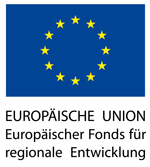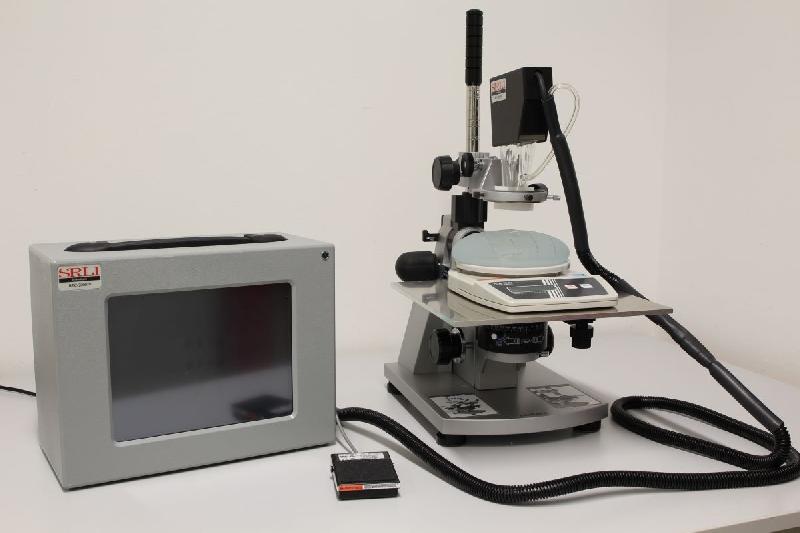Gel Material Property Testing
The gel material property testing is performed using our own BTC-2000 device. The suction unit which carries the laser unit is mounted on a microscope stand with micrometer drive. A balance is placed on the microscope stand. The basic principle of gel elasticity testing is to place a portion of the implant gel under negative pressure inside the cylindrical chamber of the suction unit and measure the deformation of the gel with a laser. A 1-cm circle of implant shell is removed from the apex of the implant, and the gel is dusted with laser toner to enhance laser tracking of the surface. The implant sample is placed on the balance and the balance is tared. The cylindrical BTC test chamber is lowered onto the gel surface using the micrometer drive of the microscope stand until 5 g of force are displayed on the balance. Negative pressure of 1 millimeter of mercury (mm Hg) per second is applied in the suction unit until 15 mm Hg is reached. Deformation (mm) and pressure (mm Hg) readings are collected. The resulting value “elastic deformation” is defined as the amount of deformation measured up to the point of maximum negative pressure, which represents the elastic response to the applied pressure. Higher values represent “softness,” and lower deformation represents “firmness”.
Reference:
Kinney BM, Jeffers LLC, Ratliff GE, Carlisle DA. Silicone gel breast implants: science and testing. Plast Reconstr Surg. 2014 Jul;134(1 Suppl):47S-56S






